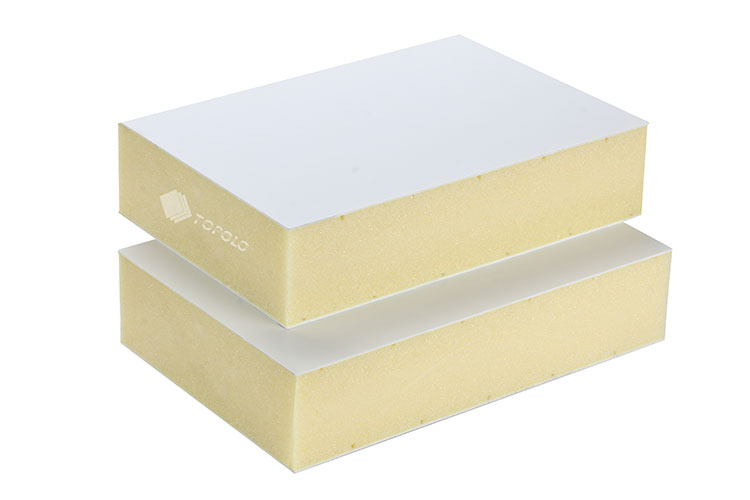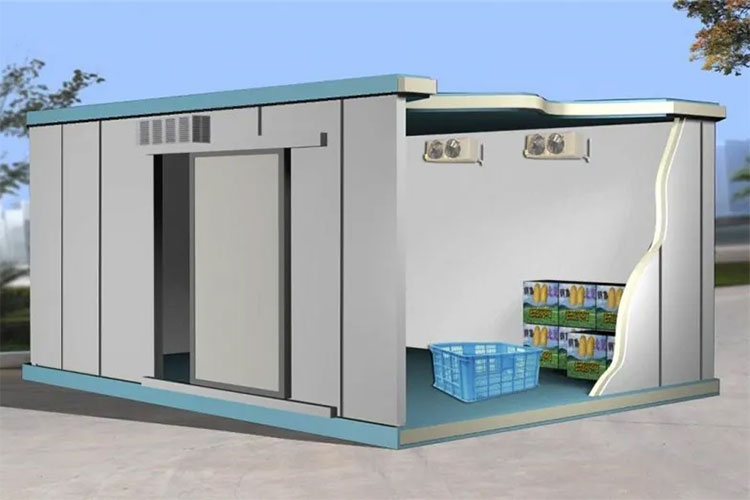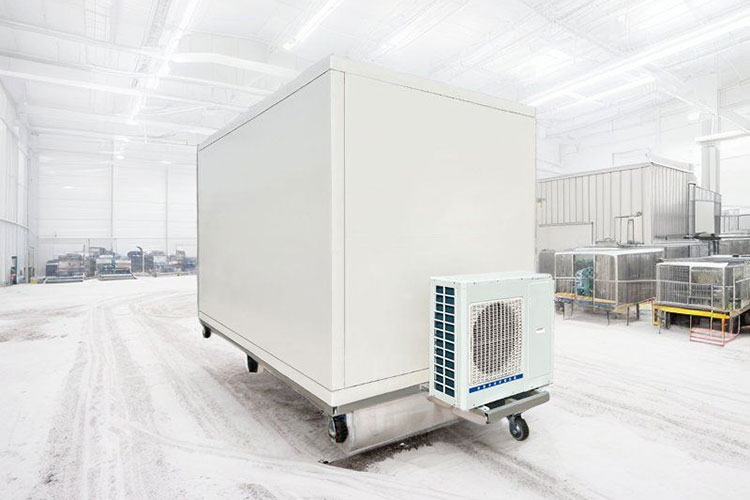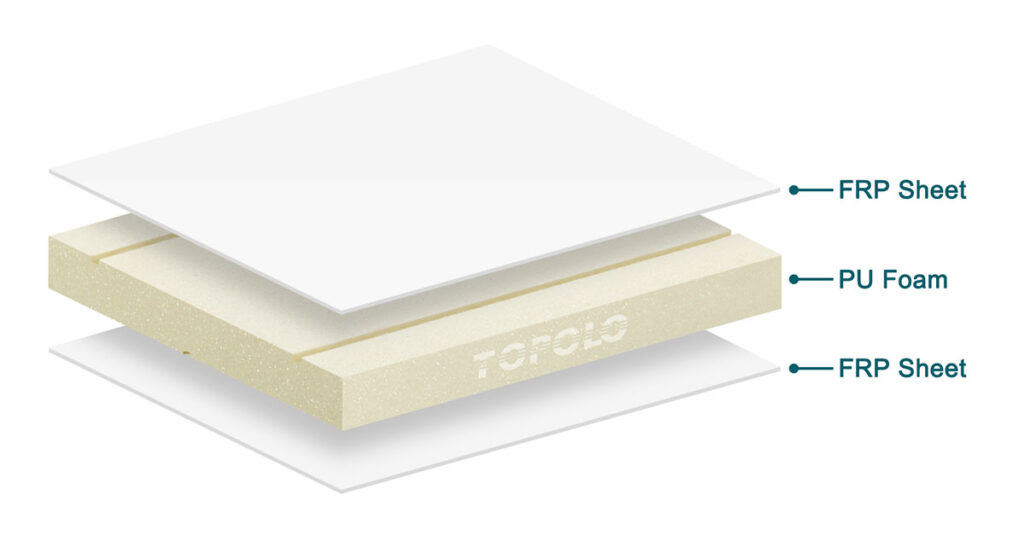



Specifications
- Skin: 1.2mm CFRT (Continuous fiber reinforced thermoplastic).
- Core: 40kg/m³ PU (Polyurethane) foam. (Density: 28-50kg/m³)
- Thickness: 48mm. (Customized10-150mm)
- Length: Maximum 12m.
- Width: Maximum 2.8m.
- Are Weight: 4.57kg/m2.
描述
Polyurethane foam sandwich panels are a popular choice for building cold rooms due to their excellent thermal insulation properties, durability and energy efficiency. These cold room panels consist of a layer of rigid polyurethane foam sandwiched between two layers of FRP sheets.

- Superior Thermal Insulation
The polyurethane foam core offers one of the best thermal insulation performances, making these panels ideal for maintaining the desired temperature inside cold rooms. The low thermal conductivity reduces energy consumption and helps maintain a stable internal temperature, which is critical for cold storage environments.
- Durability & Strength
FRP skins provide strong resistance to impact, abrasion, and moisture, making them ideal for environments subject to heavy use and potential physical damage.
The fiberglass-reinforced plastic offers high tensile strength, which enhances the structural integrity of the panels without adding significant weight.
- Corrosion Resistance
FRP is resistant to rust, corrosion, and degradation from moisture, chemicals, and other harsh conditions. This is particularly useful in cold storage facilities where humidity is high, and condensation can lead to rusting issues with traditional metal panels.
- Hygienic and Easy to Clean
The smooth surface of FRP is non-porous, which makes it easier to clean and sanitize. This is crucial for maintaining hygiene in cold rooms, especially in food or pharmaceutical storage.
FRP is resistant to mold and mildew growth, which is an important consideration for temperature-controlled environments.
- Lightweight & Easy Installation
Despite their strength and insulating properties, FRP skin panels are relatively lightweight, which simplifies installation and handling. This can reduce labor and transportation costs.
The panels can be easily cut and customized to fit various cold room configurations, and their modular nature makes installation quick and flexible.
- Fire Resistance
Many FRP panels are treated with fire-retardant additives, offering a degree of fire resistance. While they may not be completely fireproof, this is an important feature for cold storage facilities where fire safety is a priority.
- Energy Efficiency
As with standard polyurethane foam panels, the insulating properties of the FRP sandwich panels help reduce energy consumption by minimizing heat transfer. This can lead to significant cost savings on energy bills over time.
- Aesthetic Appeal
The FRP skin can be manufactured in a variety of colors and finishes, providing an attractive and clean appearance for the interior and exterior of cold rooms. This is important in commercial settings where aesthetics might be a consideration.
FRP skin polyurethane foam sandwich panels can be slightly more expensive than traditional metal skinned panels due to the high-quality materials and production process. However, their longevity and energy efficiency often justify the higher upfront cost.